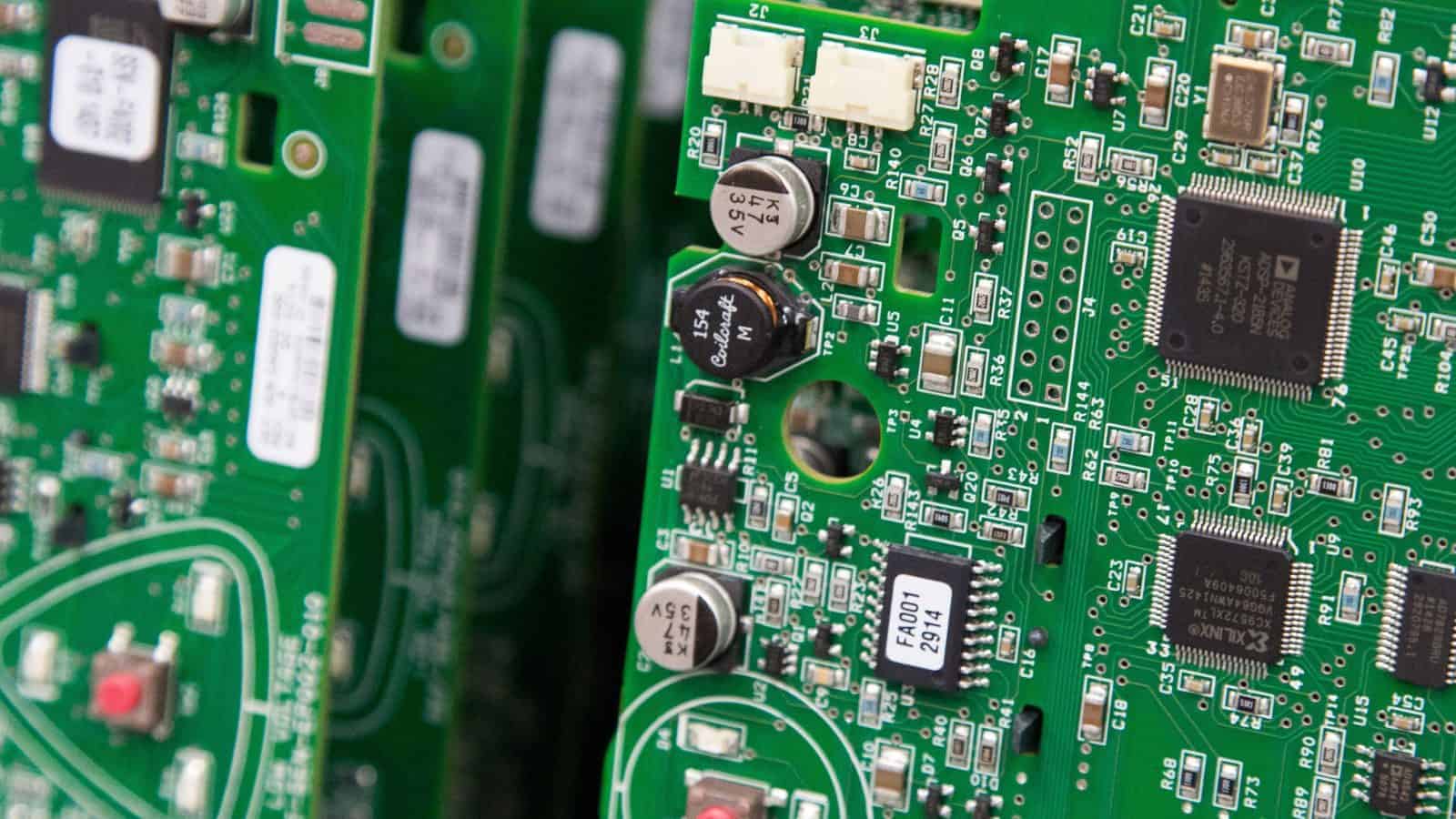AI Speeds Drug Development

High-tech drug development labs are training artificial intelligence to design therapeutic treatments more quickly, The New York Times (subscription) reports.
What it looks like: Laboratories are using processes that record huge amounts of data quickly and efficiently—a practice that technology has made possible.
- “[T]he real action is happening at nanoscale: Proteins in solution combine with chemical molecules held in minuscule wells in custom silicon chips that are like microscopic muffin tins. Every interaction is recorded, millions and millions each day, generating 50 terabytes of raw data daily—the equivalent of more than 12,000 movies.”
How it works: By harvesting tremendous amounts of data with mechanized accuracy, these labs can use AI tools to perform rapid experiments, recognize patterns and make predictions about possible solutions—all more quickly than a human practitioner.
- “The companies are leveraging the new technology—which learns from huge amounts of data to generate answers—to try to remake drug discovery. They are moving the field from a painstaking artisanal craft to more automated precision, a shift fueled by AI that learns and gets smarter.”
Why it’s exciting: Traditional drug development processes are typically extremely slow and expensive and frequently end in failure during the human clinical trials stage—often because the drug is not effective enough, or because drugmakers discover unforeseen side effects. With the benefit of AI, biopharmaceutical companies may be able to overcome these challenges.
- “Studies of the cost of designing a drug and navigating clinical trials to final approval vary widely. But the total expense is estimated at $1 billion on average. It takes 10 to 15 years. And nearly 90% of the candidate drugs that enter human clinical trials fail.”
Why it’s safe: The practice is designed to prevent the kind of issues that tend to plague generative AI, and any final medicine still requires significant human input.
- “Because AI for drug development is powered by precise scientific data, toxic ‘hallucinations’ are far less likely than with more broadly trained chatbots. And any potential drug must undergo extensive testing in labs and in clinical trials before it is approved for patients.”
Our take: During a recent event with Axios, titled “Balancing Innovation vs. Regulation,” NAM President and CEO Jay Timmons touched on some of the pioneering work biopharmaceuticals are doing using AI.
- “All of the innovations in the biopharmaceutical industry … are creating new cures for diseases that we’ve been battling for the whole history of mankind,” said Timmons. “We’re accomplishing all of these things now—and it’s so exciting.”
Dig deeper: The NAM’s first-of-its-kind report, “Working Smarter: How Manufacturers Are Using Artificial Intelligence,” details use cases for AI in manufacturing and case studies of how manufacturers are implementing AI technologies. In the report, Johnson & Johnson Executive Vice President and Chief Technical Operations & Risk Officer and NAM Board Chair Kathy Wengel shares how J&J uses AI in clinical trials.
- “When we conduct clinical trials, AI helps us more efficiently establish safety and effectiveness guardrails, while allowing us to conduct trials at a larger scale,” writes Wengel. “AI also gives us a far stronger mastery over our supply chains. Overall, it helps our people do a better job of living up to our commitment of improving health care outcomes and making our towns, country and world a better place.”
